A Special Month for Pollinators
The month of June is a special time of year. The weather is finally consistently warm and it starts to really feel like summer. We can be outside without the unpredictable weather patterns of a Minnesota May looming over us. As we step out into our gardens, we can really see things coming to life. You may see many different creatures buzzing and crawling around. The spotlight is on these little guys this month. June is National Pollinator Month and we’d like to highlight these special little creatures who provide a vital ecological service. More than one-third of all plants or plant-based products consumed by humans are dependent on pollinators.
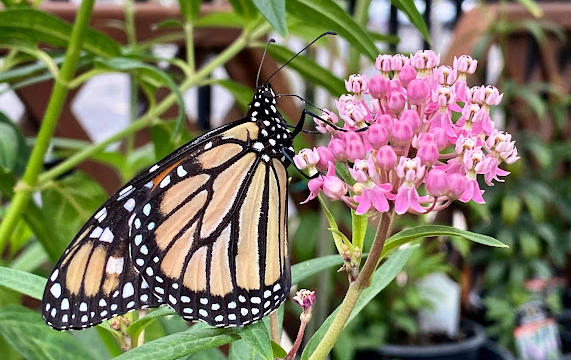
Who are the Pollinators?
When we think of pollinators, we may tend to think of Honey Bees, and while they are are indeed important pollinators, and are always welcomed guests in our gardens, the world of pollinators is far more diverse than that. Bumblebees (the cutest!), butterflies, flies, moths, beetles, and even wasps are also doing their part to maintain successful gardens as well as control agricultural pests. And don’t forget about the equally important non-insect pollinators like hummingbirds and bats. In other parts of the world, you might be surprised to learn that lemurs, possums and many different reptiles are also considered pollinators!
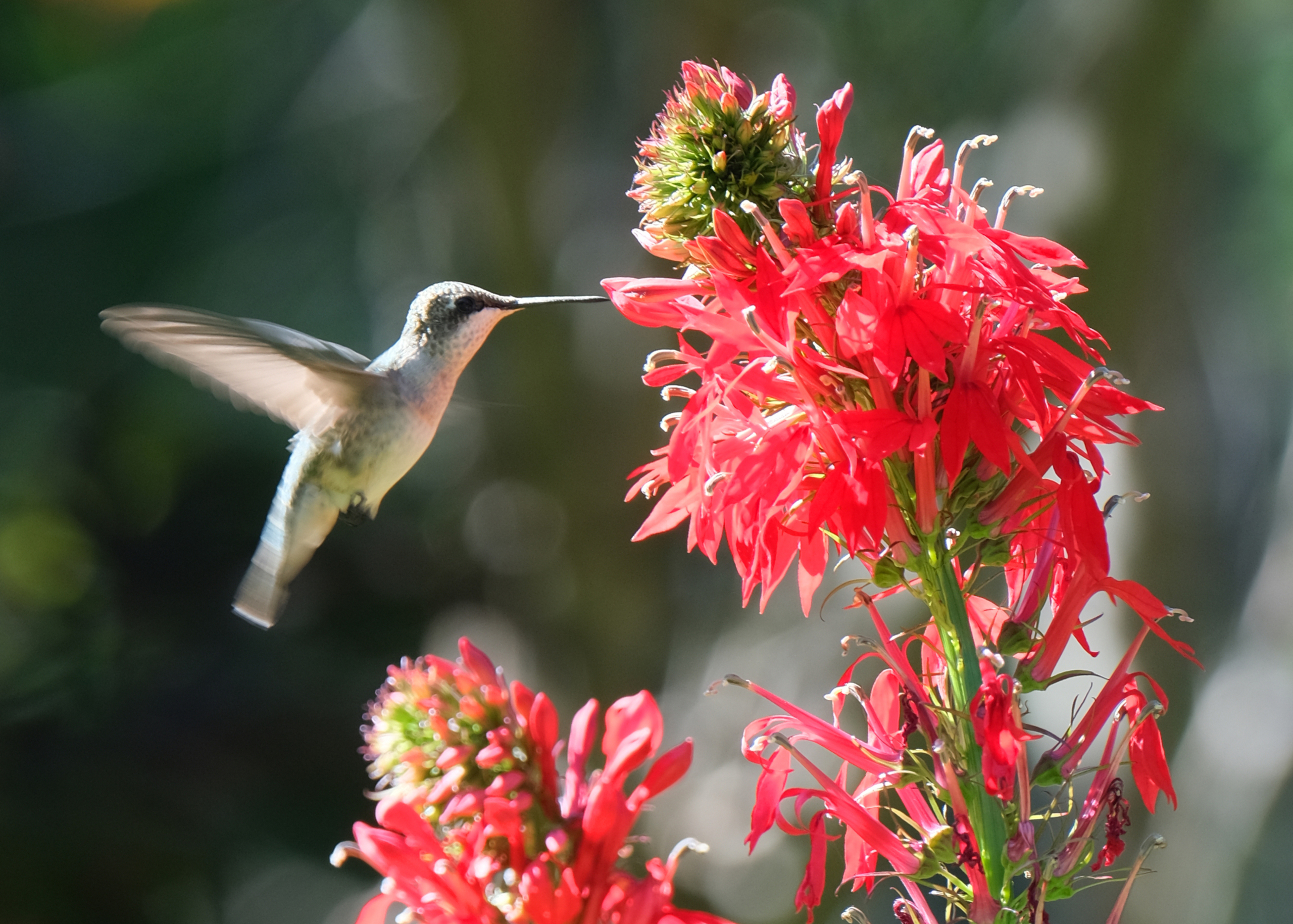
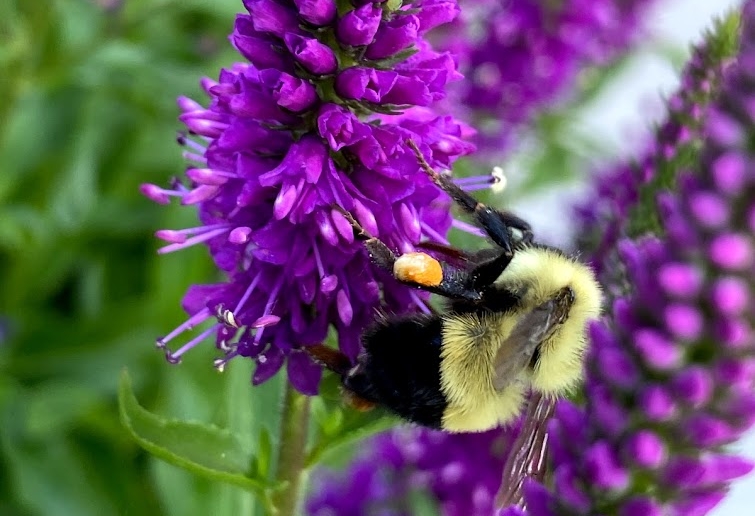
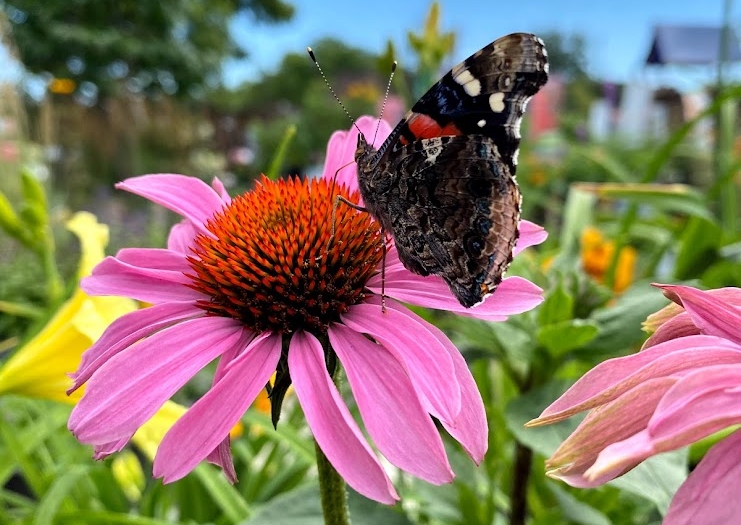
Prepare for more Pollinator Guests
It’s so important for us to be thinking about what we can do as gardeners to improve the habitat of these pollinators so they can thrive. We can prepare our gardens for “garden guests” just like we’d prepare our house for house guests. They depend on us to protect them so let’s take some time to consider a few pollinator-friendly practices that can easily become a part of your garden maintenance at home.
1. Go Organic!
Use pheromone traps, sticky traps, and products with natural ingredients to combat insect pests rather than synthetic chemicals, as many pesticides are toxic to bees and other beneficial pollinators. Always to be sure to read the label when using any products in your garden to make sure it is being used safely and efficiently.
2. Mix it Up!
Pollinators thrive in environments with a lot of diversity. Because pollinators are active from April to October, make sure you have a colorful array of continuously blooming flowers from early spring through fall. It is also important to provide a variety of nesting sites and water sources. The Minnesota DNR Native Plant Encyclopedia and this chart from the University of Wisconsin Extension are great resources to help plan your garden!
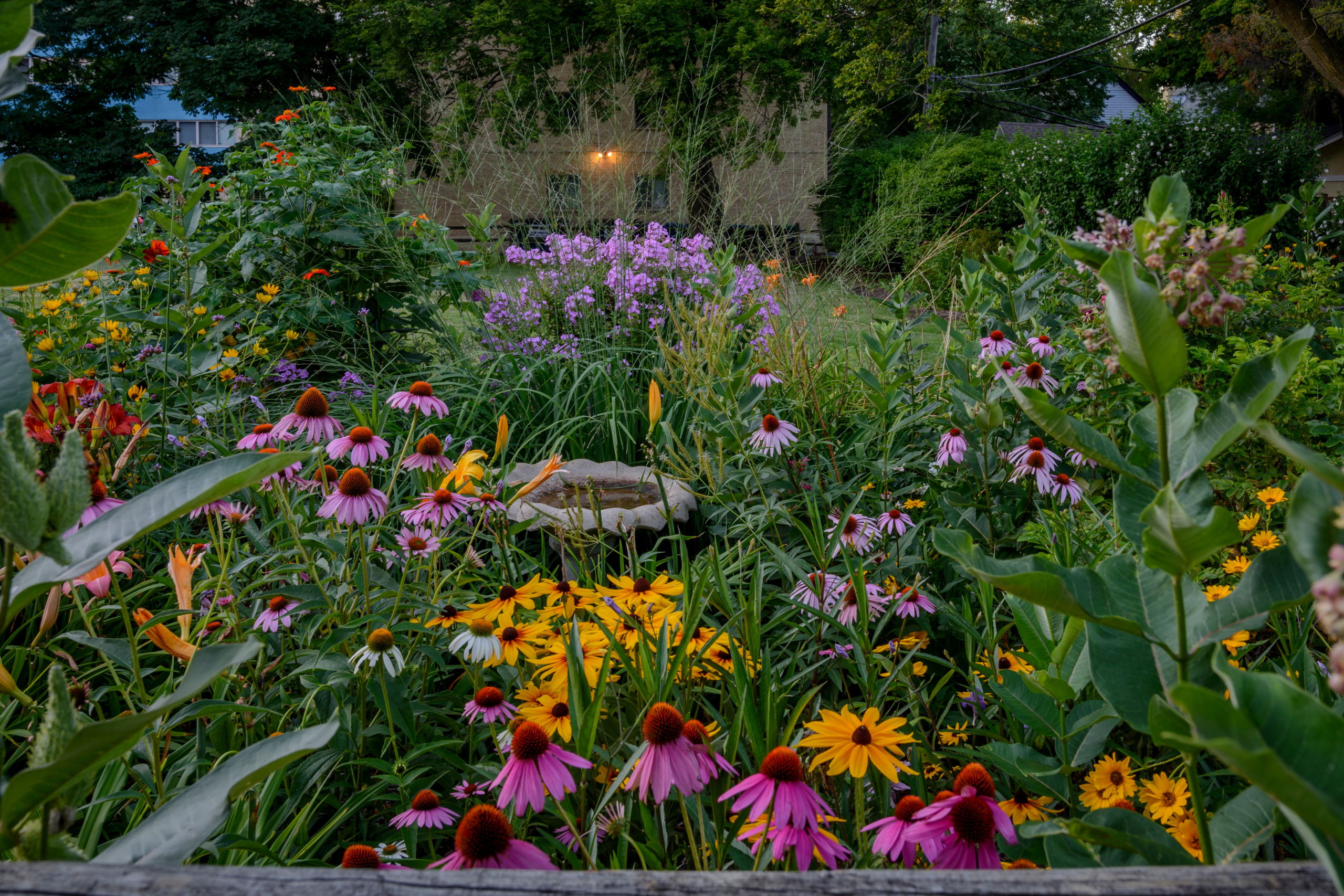
3. Plant Natives!
This is important for so many reasons, but these plants are especially good at sustaining native pollinators. Stop into Sargent’s and check out our Native Plants section to see what’s available.

Next Level Pollinator Strategies
Ready to expand your pollinator friendly garden? Here are some next level ideas to really give those pollinators something to buzz about. Picture tiny, adorable high fives happening as they hit the jackpot by finding your yard.
1. Create a bee lawn!
This very popular practice has gained even more steam over the last year. Sargent’s carries two varieties of Bee Lawn seed mixes; standard and deluxe! These formulas were created by the University of Minnesota Bee Lab for Twin Cities Seed Co. and are the most premium mixes you can buy. Bee lawns are a more environmentally friendly alternative to regular turf lawns. They generally require less fertilizer and pesticide than regular lawns, while providing a great food source for bees and other pollinators. Bee lawns grow well in sunny and low- traffic areas. Remember, this is a slow process that may take a few years to get established, so be patient! It may be a good idea to start in a smaller area of your lawn and expand as you have success. There is a lot of information available out there to help guide you through the process of creating a bee lawn. Refer to the UMN Extension website for a more throughout explanation of this process.

2. Create “Soft Landing” habitat!
We are fortunate enough to have many tree species which play an important role in hosting hundreds of species of moths and butterflies as they enter the pupa stage of their life cycle. These trees are considered “keystone trees” and they include oak, willow, cherry, pine and poplar. We can help to create a safe habitat beneath these trees. Clearing this space by removing leaf litter and removing plant life can actually create a hostile environment for those little moths and butterflies “to-be”. Here in Minnesota, we have many great native options that grow well in deep shade and are great for creating that soft landing area beneath a tree. Try planting ostrich ferns, wild ginger, Virginia waterleaf, false Solomon’s seal, Virginia bluebells, or Pennsylvania sedge. When planting beneath a tree, be careful not to damage tree roots by planting about 3 feet away from the trunk. This also allows enough room for the plants to thrive at their mature size.
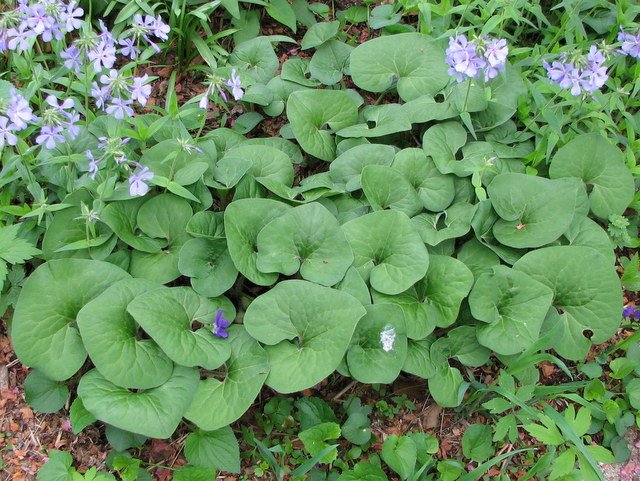
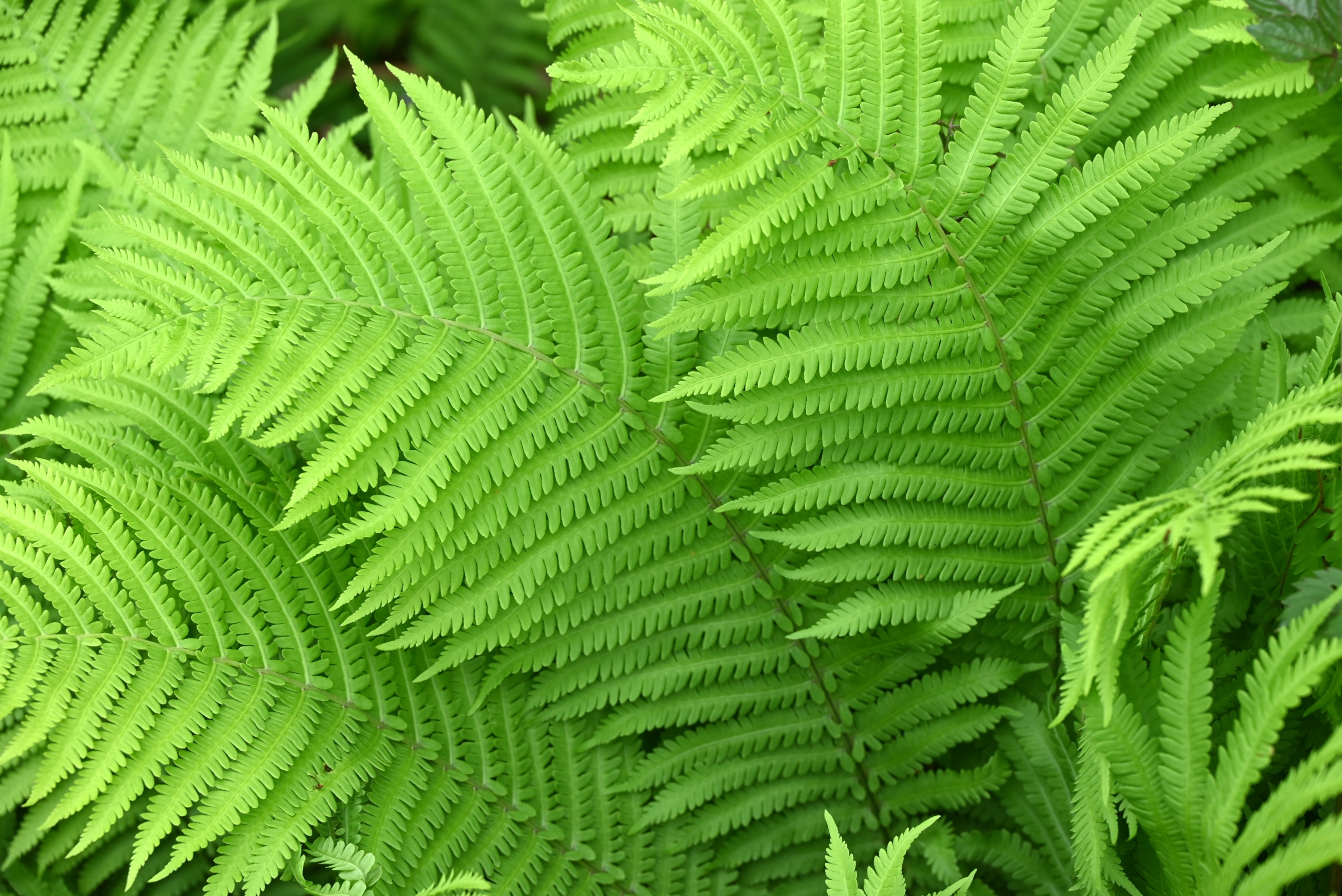
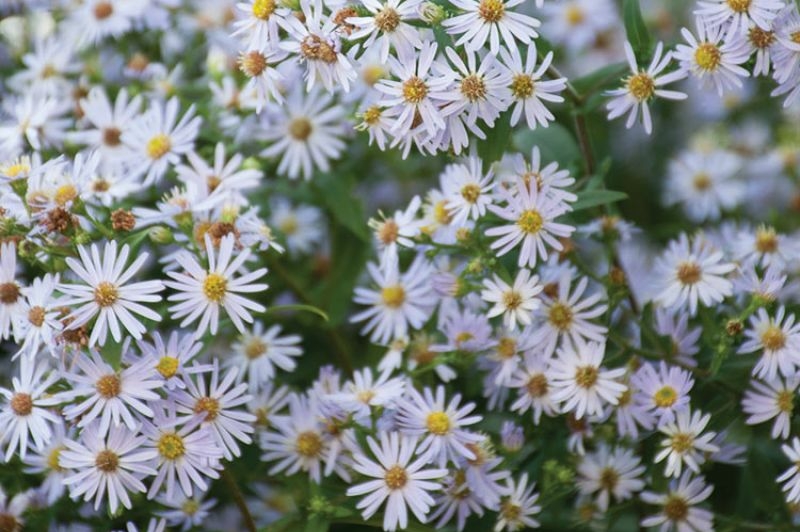
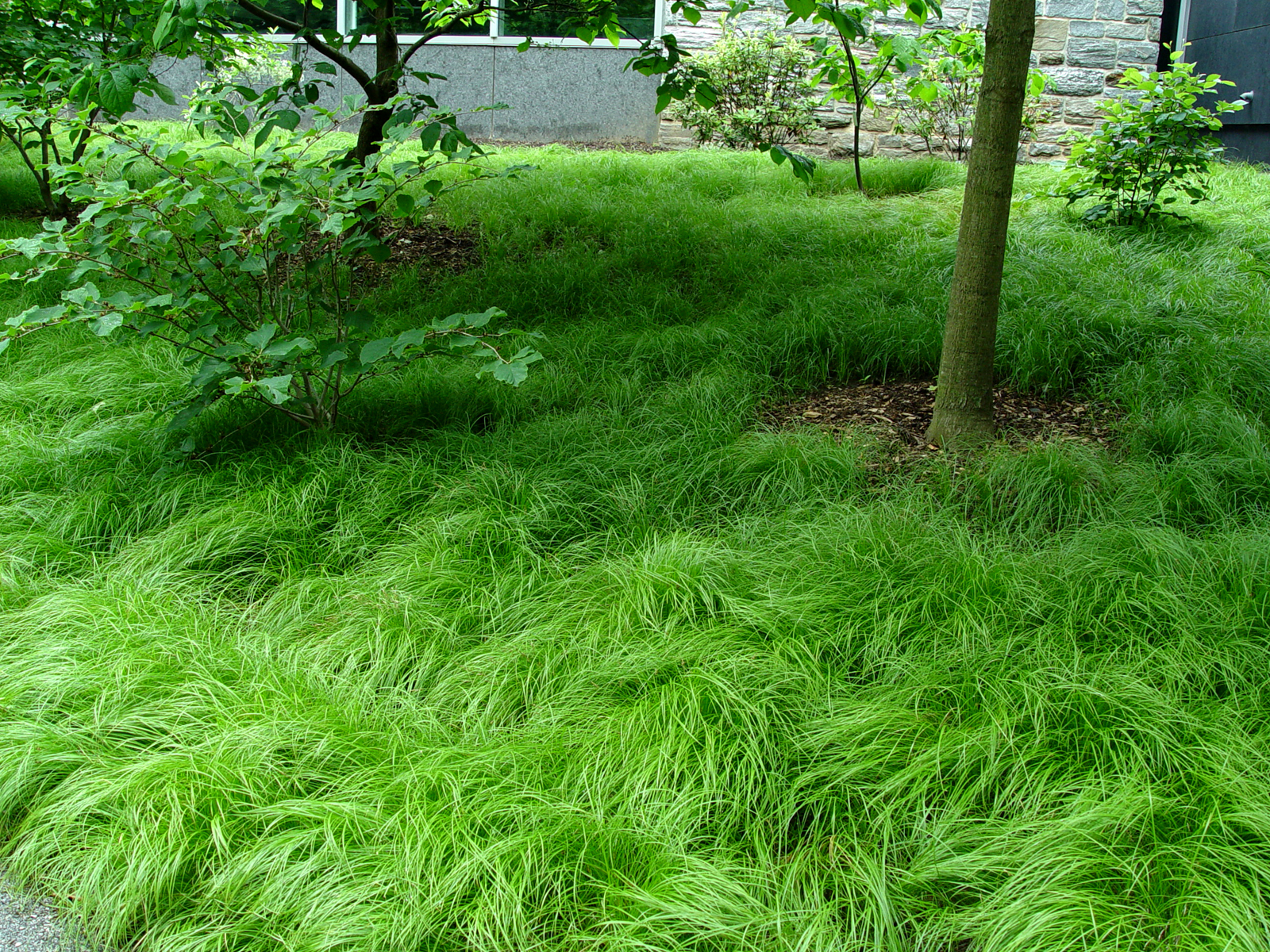
Wild Ginger
Ostrisch Fern
Crooked Aster
Pennsylvania Sedge
We should all be thinking about what we can do to help these cool little pollinators thrive. Think about what is practical for you in your yard and situation. Every little bit helps, whether than means planting more native perennials, avoiding harmful chemicals or creating more natural habitat. Is it our responsibility to protect and love these pollinators and the time is now!
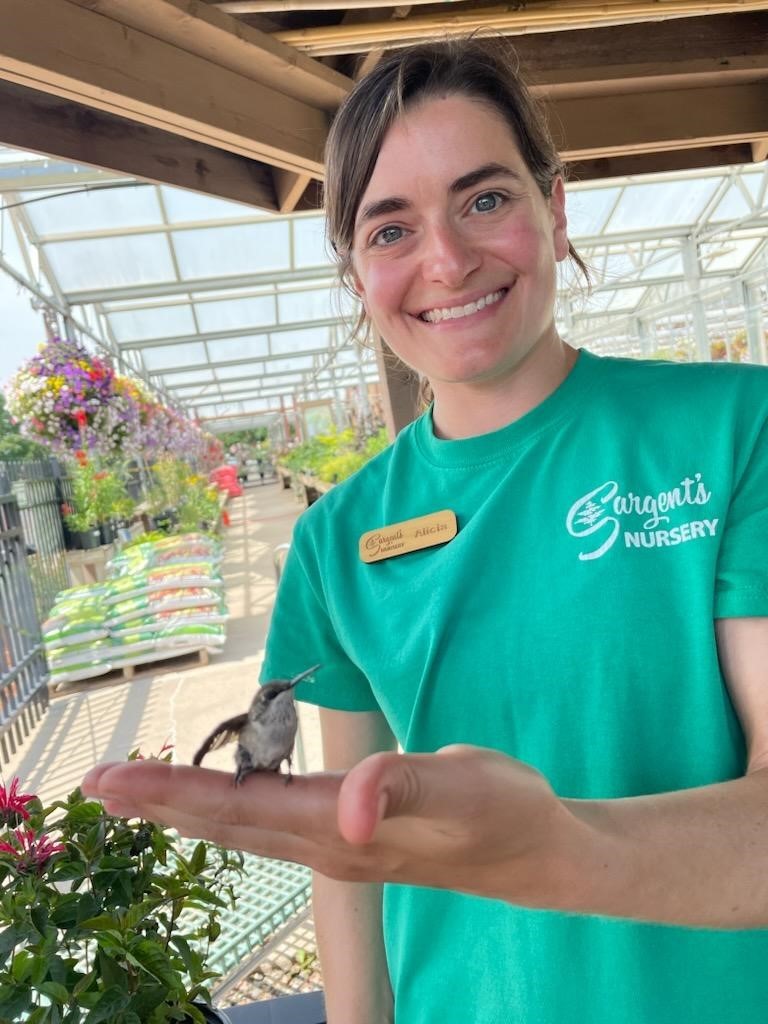
This blog post is brought to you by Alicia, an employee of Sargent’s Nursery, whom you may have seen watering annuals in the greenhouse in the past.
She now travels the country, excitedly sharing her knowledge and experiences in gardening with you. And hey, she even saved a hummingbird once with a sticky wing.
Check back for more from Alicia and come along for the ride!


